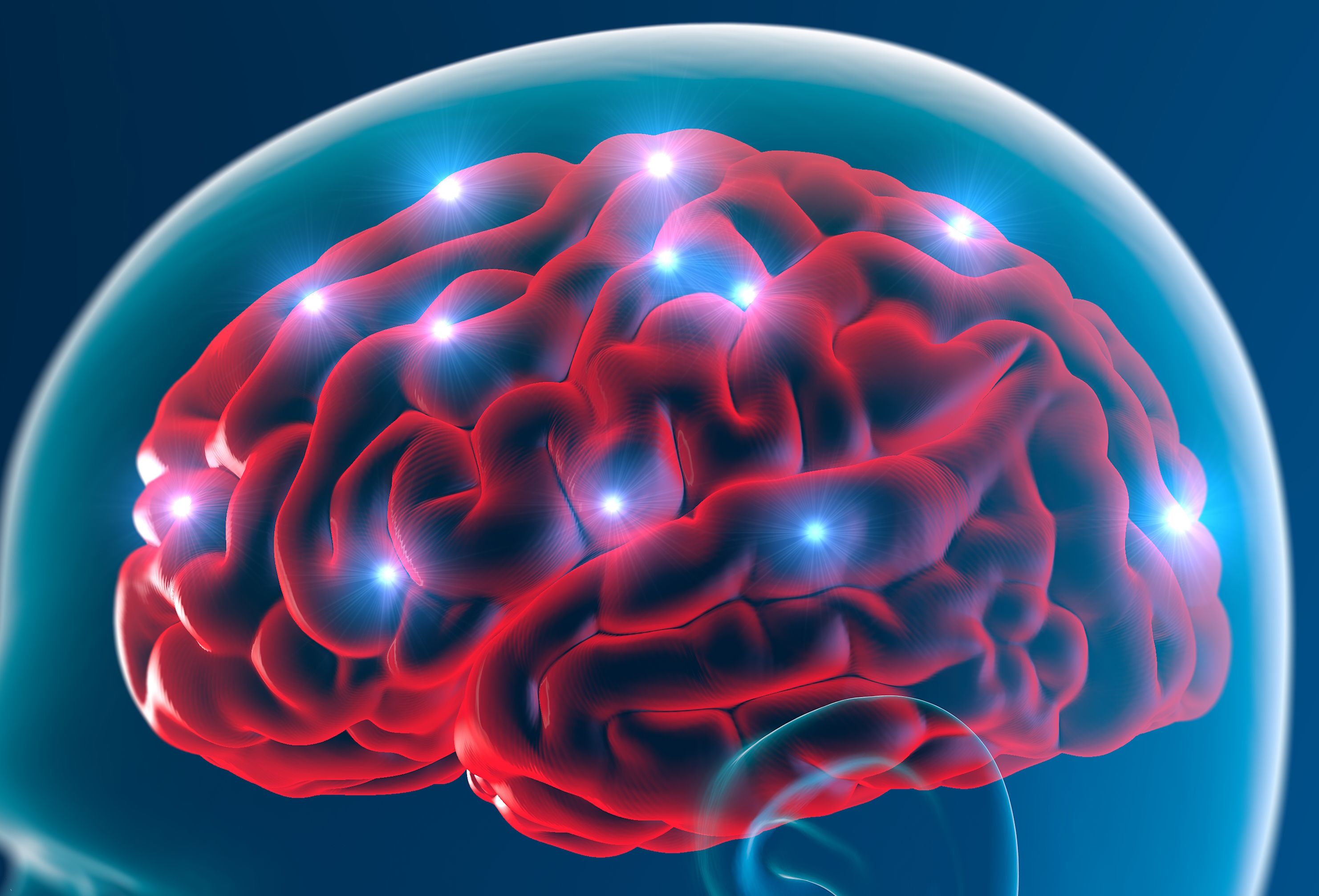
(Vienna, 13 November 2017) Children suffering from a form of epilepsy, for whom drugs are ineffective, should be referred at an early stage to a specialist epilepsy centre, recommend the authors of a large-scale European study, in which MedUni Vienna participated and which was recently published in the prestigious New England Journal of Medicine. If the fits originate in a specific region of the cerebral cortex that is clearly delimited, surgery might be beneficial. Depending upon the individual diagnosis, up to 80% of children are free from seizures afterwards.
Lead investigator Ingmar Blümcke, Director of the Neuropathology Institute of Erlangen University Hospital and researcher at Friedrich-Alexander University Erlangen-Nuremberg, declares: "The earlier patients are seen in an epilepsy centre, the better." Under the supervision of the Erlangen scientist, the histopathological characteristics of 9,523 patients (2,623 children and 6,900 adults) with pharmacoresistant epilepsy were analysed. To this were added the data from epilepsy brain surgeries from 36 European centres in 12 different countries, including the Pediatric Epilepsy Center at the Department of Pediatrics and Adolescent Medicine, MedUni Vienna/Vienna General Hospital. In these epilepsy centres, the very latest electroencephalography and high-resolution magnetic resonance imaging are used to find the cause of the epileptic attacks in the brain.
Analysis of the data showed that ten typical forms of brain damage were responsible for causing 86% of cases, these being different for adults and children. In future this can help to search specifically for these lesions, thereby simplifying the diagnostic process.
In 76% of patients the epilepsy started during their childhood. The results of the study showed that, thanks to new techniques, epilepsy brain surgery in childhood is safe and the success rate is highest in these patients. Nevertheless, the latency period between proven pharmacoresistance and epileptic brain surgery was as much as 16 years or, in other words, epilepsy brain surgery is still regarded as the treatment of last resort after drug treatment has failed.
"However, modern surgical techniques mean that epilepsy surgery in our specialised centres is a very safe procedure," says Ingmar Blümcke.
"These published data should lead to a rethink when it comes to potential referrals," explains Martha Feucht, lead investigator for MedUni Vienna, “We recommend that children and adolescents be referred to a specialist paediatric epilepsy centre immediately after their condition has proved resistant to drug treatment, that is to say failure of the second anticonvulsant."
Since 2006, 36 epilepsy centres from 12 European countries have entered their treatment data into the EU-funded European Epilepsy Brain Bank, including the specialist Epileptology Section of the Department of Pediatrics and Adolescent Medicine at MedUni Vienna/Vienna General Hospital. Since 2010, the Pediatric Epilepsy Center at the Department of Pediatrics and Adolescent Medicine has been conducting a joint research project with the Neuropathology Institute in Erlangen to process histopathological results following epilepsy operations and participates in the European register (European Epilepsy Brain Bank - EEBB). The project was part funded by the Austrian National Bank (ÖNB) Jubilee Fund (grant ÖNB-12036, Dr. Feucht) and the Austrian Science Fund (FWF) (grant J3499, Dr. Mühlebner).
Around 50 million people suffer from epilepsy
The United Nations World Health Organization (WHO) estimates that there are more than 50 million people with epilepsy worldwide. Approximately one third of these do not respond to drugs. If these patients are found to have a clearly defined brain lesion – for example a benign tumour, malformation of the cerebral cortex, scar tissue or neural damage in the hippocampus – and if this is directly related to the cause of the fits, epilepsy brain surgery is an option.
Service: The New England Journal of Medicine
Histopathological Findings in Brain Tissue Obtained during Epilepsy Surgery
I. Blumcke, R. Spreafico, G. Haaker, R. Coras, K. Kobow, C.G. Bien, M. Pfäfflin, C. Elger, G. Widman, J. Schramm, A. Becker, K.P. Braun, F. Leijten, J.C. Baayen, E. Aronica, F. Chassoux, H. Hamer, H. Stefan, K. Rössler, M. Thom, M.C. Walker, S.M. Sisodiya, J.S. Duncan, A.W. McEvoy, T. Pieper, H. Holthausen, M. Kudernatsch, H.J. Meencke, P. Kahane, A. Schulze‑Bonhage, J. Zentner, D.H. Heiland, H. Urbach, B.J. Steinhoff, T. Bast, L. Tassi, G. Lo Russo, C. Özkara, B. Oz, P. Krsek, S. Vogelgesang, U. Runge, H. Lerche, Y. Weber, M. Honavar, J. Pimentel, A. Arzimanoglou, A. Ulate‑Campos, S. Noachtar, E. Hartl, O. Schijns, R. Guerrini, C. Barba, T.S. Jacques, J.H. Cross, M. Feucht, A. Mühlebner, T. Grunwald, E. Trinka, P.A. Winkler, A. Gil‑Nagel, R. Toledano Delgado, T. Mayer, M. Lutz, B. Zountsas, K. Garganis, F. Rosenow, A. Hermsen, T.J. von Oertzen, T.L. Diepgen, and G. Avanzini, for the EEBB Consortium; n engl j med 377;17 nejm.org